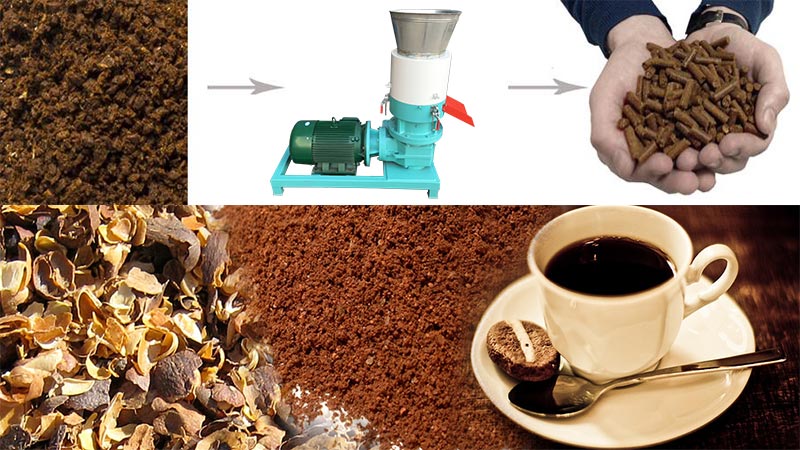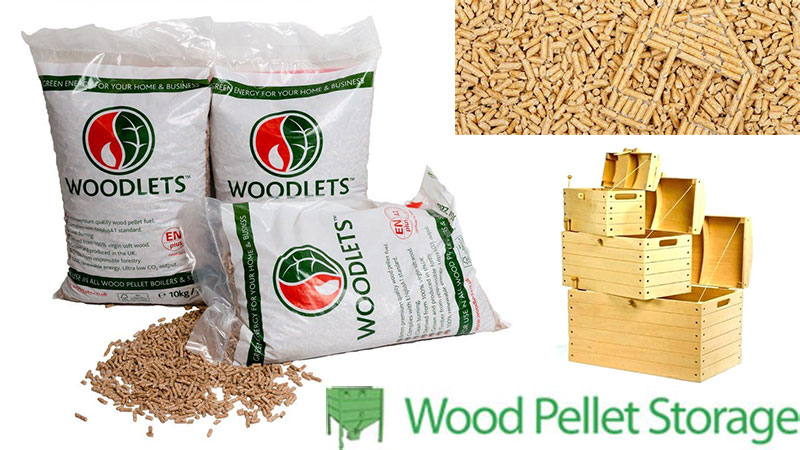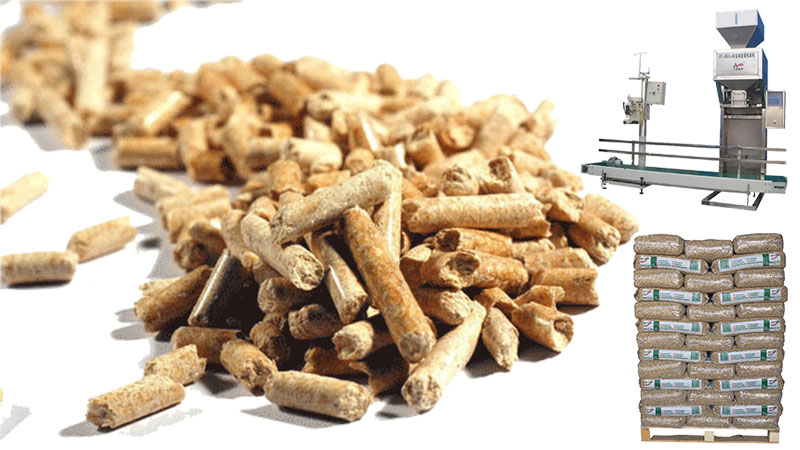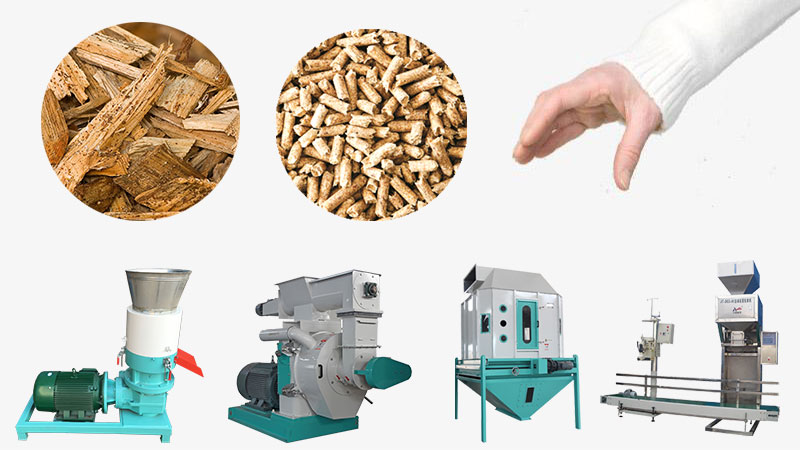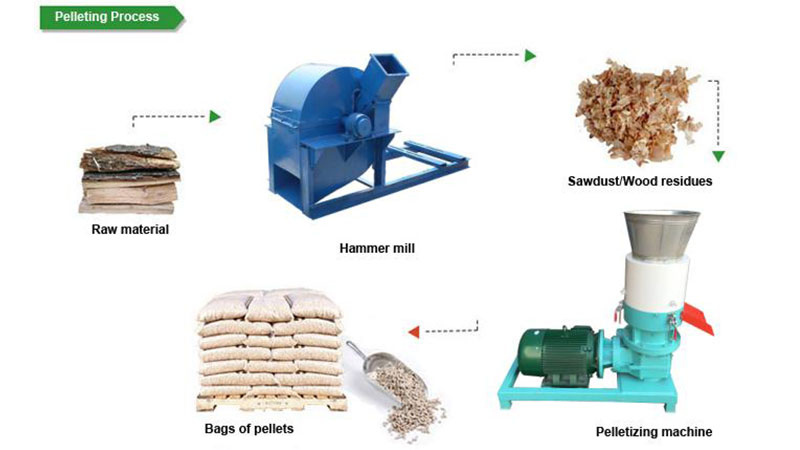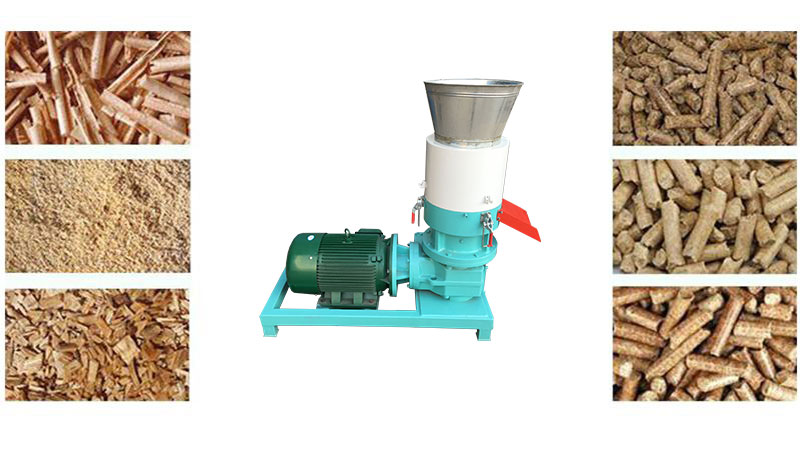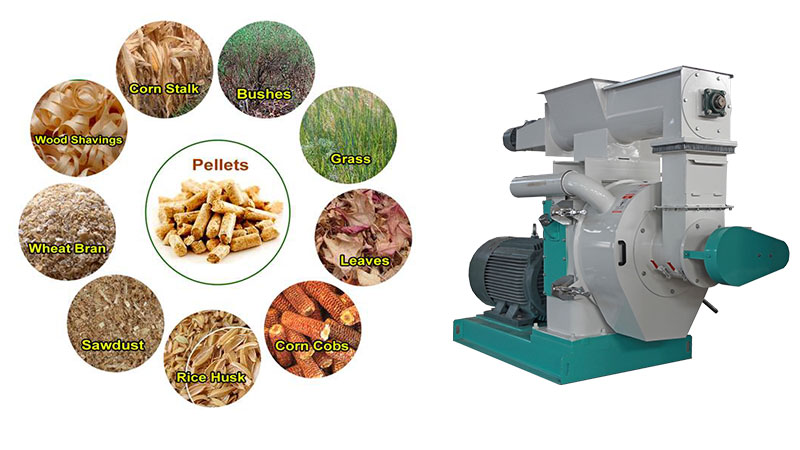 |
Making Coffee Husk Pellet in Vietnam |
I. Feasibility of Making Coffee Husk Pellets in Vietnam
II. Coffee Husk Pellet Production
III. Ring die pellet mill for pellet production
IV. The World First Power Generation by Coffee Husk Pellet
V. Prospect of Making Coffee Husk Pellet
VI. Problems in Vietnam Fuel Pellet Utilization
I. Feasibility of Making Coffee Husk Pellets in Vietnam
1. Abundant Source
Currently Vietnam ranks as the world’s second largest coffee producer behind only Brazil. Coffee is the second most important export commodity in Vietnam in value and quantity. There are around 600,000 hectares of coffee plantations with 1600,000MT in Vietnam. This is made up of 90% Robusta concentrated in the central highlands and 10% Arabica grown in the north. The majority of Vietnamese coffee is harvested between the months of October and January. Coffee turns from green to red or yellow when fully ripe. It is harvested by selective picking in Vietnam: workers passing from plant to plant, hand-picking only the bright red ripe cherries, one by one, which ensure higher quality coffees. Coffee husk is the residual product from qualified coffee processing industry. It represents 15% of the cherry weight when dried. Average coffee yield per hectare is 1.8 ton, thus there is 270kg of husks per hectare resulting in 162,000 ton total in Vietnam.
In Vietnam, current practices of husk disposal are similar to those of rice husk. Either burned out in the open or disposal along ways and countryside, either as fertilizers and livestock feed or just left on the road. Coffee husks are mostly underutilized and gradually become the “waste products”. Therefore there is vast materials in Vietnam for pellet production!
|
|
|
2. Coffee Husk Main Locations in Vietnam
85% of the coffee production is carried out by small holders (typically less than 2 hectare land tenure) and 15% is state-owned (larger farms). There are about 500,000 smallholders supplying 1500-2000 small traders and primary collectors, who provide their goods for:
* 5-6 multinationals
* 140-150 domestic private firms and
* 5-6 joint stock companies
The residues like coffee husks are produced mainly on these final destinations.
3. Coffee Hull Merits as Raw Material for Pelletizing
a. Coffee Husk is a fibrous sub-product obtained during the processing of raw coffee beans. It is rich in organic nature: 50%cellulose, 38%hemicelluloses, pectin and lignin, which makes it an ideal raw material for the production of value-added pellets.
b. Coffee husk contains 1.50%lipids and 6.80%protein which will improve its calorific value.
c. Coffee husk has the similar element with wood sawdust: dense, high calorific value and easy to process and etc., which is good for making pellets. Coffee husk pellets can be used as a renewable fuel, with combustion characteristics very similar to firewood.
4.Advantages of Coffee Husk Pellets
a. Coffee husk pellet compressed from coffee husk materials is cylindrical with uniform shape, which can improve ease of transportation and storage and lower the cost.
b. The pellet has a uniform size usually with diameter of 6-12mm and high density energy, which is ideal for automatic combustion heating systems such as pellet stoves and boilers.
c. The moisture content of pellets is substantially lower. Less moisture means that very little of the energy produced is needed to evaporate water. Compared with raw materials direct combustion, pellets can be burnt at high temperature with high combustion efficiency.
d. Coffee hull pellets have a wide range of application like heating, cooking and industrial steam furnace or boiler.
e. The environment will benefit noticeably because the pellets combustion reduces the amount of burned residue in open spaces and consequently the pollution.
II. Coffee Husk Pellet Production
Coffee processing removes husk and flesh form the cherry, which in turn becomes the coffee bean. In Vietnam three different processing technologies are used: wet processing for Arabica, semi-wet or dry processing for Robusta. These release solid waste such as coffee husk. The different processing technologies produce coffee husk with different characteristics in regard to moisture and composition. So before pelletizing, coffee husk properties should be understood as follows:
Moisture content% on wet basis: 10-12
Net heating value of wet matter(mj/kg): 15.4-15.8
Bulk density, wet (kg/m3): 185-300
Gross calorific value of dry matter(mj/kg): 16.1-18.2
Net calorific value of dry matter(mj/kg): 17.8
|
|
|
1. Collecting raw materials for your production. For large production, you need a car to transmit the material. To lower the transmission fee, you can choose a place which is close to raw material production area (refer to No. 2 in Part I: main locations in Vietnam).
2. Crushing
Collected materials first are crushed by crushing machine. The length should be less than 5mm. The particle size effect the efficiency of pellet making.
3. Drying and blending
Dry crushed materials by drying machine to lower moisture content to aound 15% to prepare for pellitizing. If your material moisture is between 12-14%, the drying process is not necessary.
Different biomass materials are with different calorific value. To get a higher burning calorific value, crushed materials will fall into the blender to evenly mix with other materials. Please see the following Material Blending Formulas. (The blending procedure can be operated based on customers’ demands.)
4. Pelletizing by pellet machine
Ring die pellet mill is the significant part of large scale pellet production line, and has reliable and stable performance. Start the biomass pellet machine and wait a few minutes for heating up the pellet die. The heat could help the lignin in out of the coffee husks, and bonding the husk as the pellets. When materials go into the pellet, pellet making machine compress rice husk into pencil sized pellets.
5. Cooling, sieving and packing
Cool down the pellets by cooler or nature before you handle them.
Then sieve pellets that did not form properly. Some pieces will fall apart or break during the pressing process. Separate the improperly formed pieces by shaking or sifting them through a screen.
Store pellets in bags in a dry place.
Material Blending Formulas:
Here are several formulas for coffee husk pellets processing:
1. 75% corn cob and 25% coffee husk
2. 50% corn cob and 50 % coffee husk
3. 25% corn cob and 75% coffee husk
4. 50% bagasse and 25% peanut shell and 25% coffee husk
III. Ring die pellet mill for pellet production
|
|
1. Timing feeder can control the feed to reduce the blockage. 2. It uses the improved U type screw conveyor. Its adjustable feeding speeds allow for continuous feeding without blockage. 3. Capacity increased by adding another force feeder made from 4.The body is more durable because it is comprised of ductile iron. 5. It is driven by high precision gears. |
| The ring die is made by international advanced technology, has long service life and ensure smoothly pelletizing and high quality. |
|
| The drive part of the machine including motor optimize, the high quality SKF bearings and NAK oil seals ensure high efficient and steady driving with low noise. |
|
Coffee Husk Pellet Plant
IV. The World First Power Generation by Coffee Husk Pellet
Essent, a Dutch energy company, had introduced a new form of biomass for use in power stations, using coffee husks as the raw material – a world first. It has started the generation of power from coffee husks imported. Pellets made of compressed coffee husks have been used in some power stations of Essent to produce ‘bioelectricity’ on experimental grounds. Essent anticipates that power generation from coffee husk pellets will cut carbon dioxide emissions by as much as 90 percent. With positive results, the power-generation technology can then be replicated in other places, particularly in countries like Vietnam with high annual produce of coffee.
V. Prospect of Making Coffee Husk Pellet
Biomass pellet fuel production is still the promising industry in the world. European Union is by far the biggest pellet consumer worldwide, burning some 15 million tonnes in 2012. Biomass accounted for 8.4 percent of the total final energy consumption in Europe in 2011, while in some Baltic countries, such as Estonia, Latvia, Finland and Sweden, the figure is above 25 percent. EU pellet consumption for heating has grown by more than one million tonnes per year since 2010. In 2020 the overall share of renewable energy in Europe will have reached 20.7 percent, with biomass, including transport, covering 56.5 percent of total energy. So coffee husk pellets which belong to biomass pellets are still in large demand in the future.
Nowadays fast industrialization and the economy’s progress of Vietnam lead to its rapidly growing energy consumption. An increased dependency on fossil fuels is foreseen, and Vietnam is currently already an net energy importer. Vietnam’s target is to increase the share of renewable energy in total commercial primary energy from 3% in 2010 to 5% in 2020 and 11% in 2050. This suggests there will be a high potential for bio-energy in the nearby future. Coffee husk pellet production presents an opportunity for rural development and for the agricultural sector in particular, potentially helping to meet key social development goals. Indeed, coffee hull pellet production signals a significant new market for agricultural producers.
VI. Problems in Vietnam Fuel Pellet Utilization
• Lack of finance for advanced technologies of biomass Energy applications.
• The fuel pellet and bio fuel energy development have not been paid as much as other social–economical
problems such as hunger-eradication and poverty-alleviation.
• Lack of technologies and equipment for biomass pellet production improvement, biomass material handling and
biomass energy applications: bio fuels, bio power, bio products.
• Lack of experience and experts to carried out different researches on technologies and equipment developments
of biomass pellet utilization.
Our company has decades of years experience in pelletizer research and design since 2000. Our biopellet machines are approved certification of Europe Union. To help solve the above problems, our company can do the followings for pellet production in Vietnam such as: qualified pellet mills with competitive price, free technical training and guidance, the best turnkey solutions from evaluation, design and project management, consultancy skills, unparalleled customer service and etc.. If you are interested in pellet production, please feel free to contact us!
